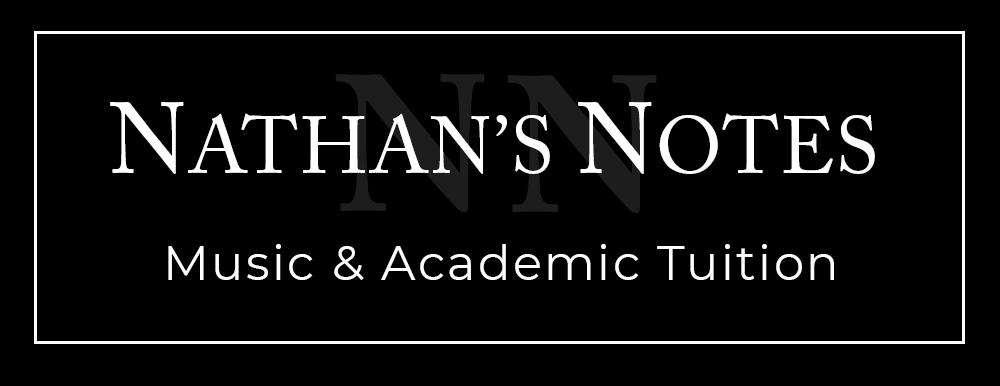HOW WE TEACH OBOE
We teach a variety of styles so that you can achieve your full potential. We teach both adults and children through lessons customised to individual aims.
Benefits of learning Oboe
Learning to play the oboe teaches more than playing music:
Strengthens breathing
Strengthens core muscles
Improves posture
Improves hand and eye coordination
Relieves stress
Develops confidence
We travel to students and teach them in their own homes or remotely online. We teach both adults and children in mainly 60 minute, 45 minute and 30 minute lessons. However, extended lessons can be arranged for individual circumstances.
Beginners and more advanced students welcome.
HOURLY RATES
A full fee cancellation charge is applicable for cancellations of 24 hours or less.
If you do not live within the Oxford area, we are happy to provide you with an hourly rate - depending upon your location.
£40
Per Hour
£30
45 Minutes
£20
30 Minutes
ABOUT OBOES
The oboe is a double reed instrument that belongs to the woodwind family. It first appeared in the 17th Century and was called a hautbois. Nobody is really sure who invented it or exactly when it came into existence.
The original oboe was quite simple, with only 3 keys in total (a great key and 2 side keys). Changes in pitch were acheived by overblowing (increasing the air stream) to reach the next harmonic. Over the years the oboe changed shape so that the bore was narrowed and several more keys were added. A slur key is considered the predecessor to what was known as the octave key, and is now the modern key.
Modern oboes are usually made from African blackwood, although rosewood and cocobolo are also used. An oboe with a full conservatoire (or key system) has 45 pieces of keywork. The keys are usually made of nickel silver. Reeds are also quite complex and can control tone and tuning of the oboe.
"Simplicity is the final achievement. After one has played a vast quantity of notes and more notes, it is simplicity that emerges as the crowning reward of art."

